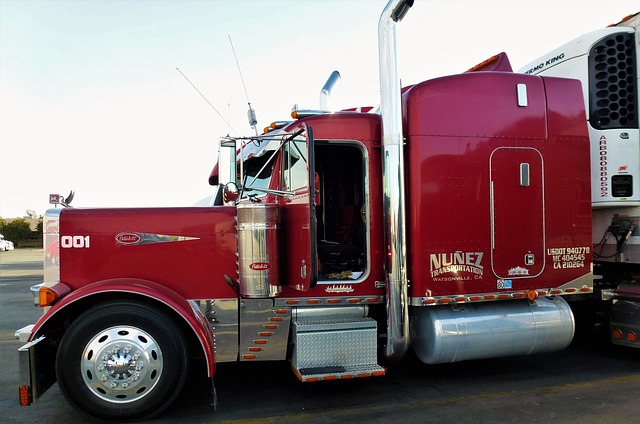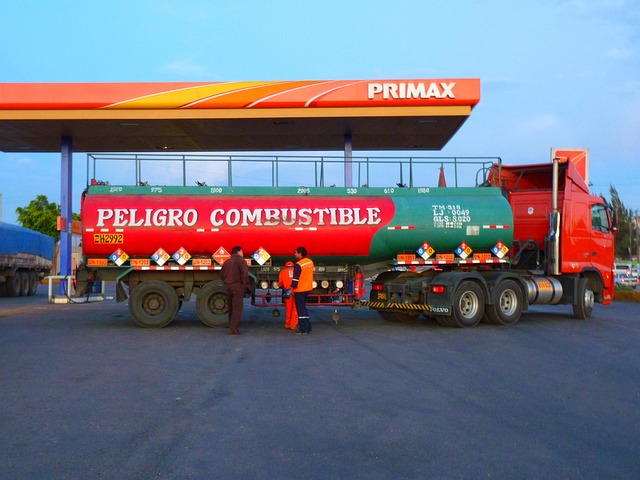Combining multiple insurance policies tailored to individual vehicle needs can significantly reduce costs for businesses operating fleets. By understanding unique challenges like vehicle types and usage patterns, companies can structure coverage offering comprehensive protection without overspending. Segmenting risks and combining targeted policies like liability and collision insurance allows businesses to pay only for necessary coverage, saving on premiums while safeguarding assets effectively. Regular reviews ensure policies reflect changing needs, maintaining budget-friendly fleet insurance without sacrificing quality protection.
In today’s competitive landscape, businesses are always seeking cost-efficient solutions. For fleet operators, this often translates to optimizing budget-friendly fleet insurance strategies. Combining multiple policies can significantly reduce expenses without compromising protection. This article explores strategic approaches to merging coverage options, tailored to meet the unique needs of your fleet. From assessing specific requirements to maximizing savings, discover expert tips to enhance cost efficiency in fleet insurance.
Understanding Multiple Policy Combinations

Combining multiple policies can be a powerful strategy for businesses aiming to achieve cost efficiency, especially in the context of budget-friendly fleet insurance. By carefully selecting and structuring various coverage options, companies can create a tailored risk management plan that offers comprehensive protection while minimising expenses. This approach acknowledges that different assets within a fleet may have distinct insurance needs; a single, one-size-fits-all policy might not adequately address the unique challenges posed by varying vehicle types, ages, and usage patterns.
In exploring multiple policy combinations, businesses should consider the interdependencies between different risks they face. For instance, combining liability coverage with collision insurance can provide a robust safety net for unexpected events on the road. Additionally, bundling fleet management services, such as maintenance and fuel efficiency programs, with insurance policies can lead to significant savings through streamlined administrative processes and potential discounts offered by insurers. This strategic approach ensures that the overall cost of fleet insurance is aligned with the specific needs of the business while maximising protection for its assets.
Assessing Your Fleet's Unique Needs

When looking for budget-friendly fleet insurance, understanding your fleet’s unique needs is a crucial first step. Every business has different operational requirements, vehicle types, and driving habits that influence their insurance costs. Start by evaluating the age, make, and model of each vehicle in your fleet. Older or high-mileage vehicles might need specialized coverage to account for increased wear and tear, while newer models may be eligible for discounts based on advanced safety features. Consider the type of driving your employees engage in—whether it’s local city driving, long-haul highways, or a mix of both. Different driving conditions can impact risk levels and influence insurance pricing.
Additionally, assess your fleet’s overall risk profile by examining accident history and claims records. A clean record can lead to significant savings over time, as insurers often reward safe driving behaviors with lower premiums. Regularly review and update your policy to match any changes in your fleet. This proactive approach ensures that you’re not paying for unnecessary coverage while still having the right protection when needed.
Strategies for Cost-Effective Coverage

When looking for cost-effective coverage, businesses should consider combining multiple policies tailored to specific needs. Instead of a one-size-fits-all approach, evaluating distinct insurance types—such as liability, collision, and comprehensive—enables targeted risk management. By segmenting risks, companies can opt for the most budget-friendly fleet insurance options, ensuring they only pay for what’s necessary.
For instance, high-risk vehicles or those used in extreme conditions might require specialized coverage, while lower-risk assets could benefit from more basic policies. Regularly reviewing and adjusting these strategies helps maintain affordability as business operations evolve. Staying agile allows for the adoption of the most efficient insurance practices, ultimately saving costs without compromising on quality protection.
Maximizing Savings and Ensuring Adequate Protection

When combining multiple policies for a budget-friendly fleet insurance solution, it’s crucial to balance cost savings with adequate protection. A common pitfall is reducing coverage to lower premiums, leaving your fleet vulnerable to significant financial losses in case of accidents or claims. The key lies in careful analysis and strategic selection. Assess each policy’s scope, deductibles, and limitations, ensuring they align with your fleet’s unique risks. Opting for comprehensive yet tailored policies can maximize savings without compromising protection.
By doing so, you can achieve a delicate equilibrium where reduced costs don’t come at the expense of necessary coverage. This approach allows business owners to navigate the challenge of fleet insurance affordability while maintaining peace of mind and financial security. Remember, a well-designed combination policy should protect your investment, minimize risks, and fit within your budget-friendly goals for your fleet.
Combining multiple policies can be a powerful strategy for businesses aiming to achieve budget-friendly fleet insurance. By understanding your fleet’s unique needs and assessing various coverage options, you can maximize savings without compromising protection. Implementing these cost-effective strategies ensures that your business remains competitive while keeping insurance expenses under control. This approach allows you to navigate the complexities of fleet management with confidence, knowing your assets are adequately covered.
